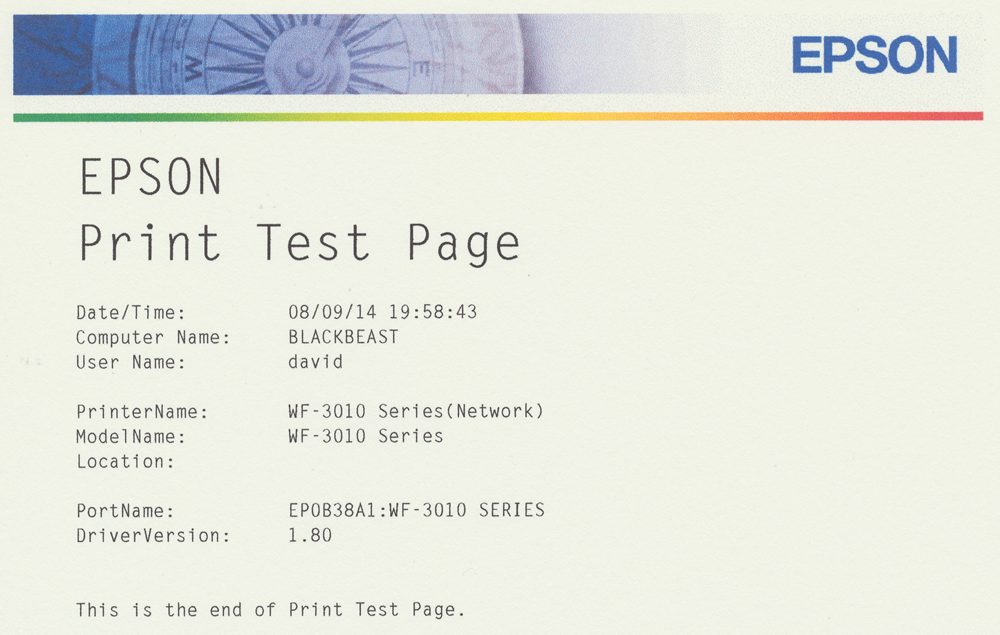2014 — 9 August: Saturday
I was watching Herbie1 this morning, while sniffing the early air through the skylight of the books warehouse. Although lying in his usual overnight perch by their gate, his ears were pricked up and he was staring intently in my direction. Turned out he was keeping an eye on the squirrel that was perched, still as a statue, on my little garden wall. Mr Squirrel wisely beat a silent retreat off down the road, and Herbie reverted to doing what cats do best... relaxing. (I've noticed they work very hard at this.)
Time...
... for my initial cuppa. It's 07:19 or so, and there's actually a trace of condensation on the (open) front window. Brrr. William Alwyn's "Suite for oboe and harp" is new to me. [Pause] As is the idea of paying college tuition fees in the way depressingly described here. Fourth-wave feminism: "a generation of angry young women who have come of age in a pornified, financially devastated century".
O tempora o mores.
Meanwhile...
... the myth of the efficacy of a polygraph is further propagated by this news. Eleven weeks of training doesn't make apparently useless technology any more useful. In my opinion.
On this day...
... in 2009, I had cause to consult a set of 5th and 6th grade "howlers" I'd originally been sent by Carol to trace an 'explanation' of genetics. Here's another tasty one, more appropriate for this weekend's weather forecast:
Clouds are high flying fogs. I am not sure how clouds get formed. But the clouds know how to do it, and that is the important thing. Clouds just keep circling the earth around and around. And around. There is not much else to do. Water vapor gets together in a cloud. When it is big enough to be called a drop, it does. Humidity is the experience of looking for air and finding water. We keep track of the humidity in the air so we won't drown when we breathe. Rain is often known as soft water, oppositely known as hail. Rain is saved up in cloud banks.
Almost as amusingly, a recent issue of "Scientific American" had an article by Dan Baum on cloud seeding. It began:
Puffy clouds contain a breathtaking amount of water. The volume of even a small one can top 750 cubic kilometers, and if you figure a half gram of water per cubic meter, those wispy balls of atmospheric fluff start looking like flying lakes.
"Even a small one"? That's equivalent to a (cubic) cloud 9 km on each 'side'. That sounds pretty large to me.
This American Life
A simple programme, that's currently become my choice of Saturday morning listening from NPR. The Dr Phil 'act' dealing with writing a "break up" song after a heart-to-heart with Phil Collins made rivetting listening. (Link.)
Oddly? Coincidentally? The Wainwright family is coming under similar audio scrutiny on BBC Radio 4. (Link.)
When I read...
... stuff like this, I realise I like being a retired deviant social parasite:
The workplace has been overwhelmed by a mad, Kafkaesque infrastructure of assessments, monitoring, measuring, surveillance and audits, centrally directed and rigidly planned, whose purpose is to reward the winners and
punish the losers. It destroys autonomy, enterprise, innovation and loyalty, and breeds frustration, envy and fear. Through a magnificent paradox, it has led to the revival of a grand old Soviet tradition known in Russian
as tufta. It means falsification of statistics to meet the diktats of unaccountable power.
The same forces afflict those who can't find work. They must now contend, alongside the other humiliations of unemployment, with a whole new level of snooping and monitoring.
Not me!
Apparently, marine algae...
... have a better grasp of quantum theory down at the protein molecular level than I will ever do:
"Our latest experiments show that normally functioning biological systems have the capacity to use quantum mechanics in order to optimize a process as essential to their survival as photosynthesis."
Special proteins called light-harvesting complexes are used in photosynthesis to capture sunlight and funnel its energy to nature's solar cells — other proteins known as reaction centres. Scholes and his colleagues isolated
light-harvesting complexes from two different species of marine algae and studied their function under natural temperature conditions using a sophisticated laser experiment known as two-dimensional electronic spectroscopy.
"We stimulated the proteins with femtosecond laser pulses to mimic the absorption of sunlight," explains Scholes. "This enabled us to monitor the subsequent processes, including the movement of energy between special
molecules bound in the protein, against a stop-clock. We were astonished to find clear evidence of long-lived quantum mechanical states involved in moving the energy. Our result suggests that the energy of absorbed light
resides in two places at once — a quantum superposition state, or coherence — and such a state lies at the heart of quantum mechanical theory."
Plenty more good stuff here.
Beulah, peel me a grape...
... and then let's celebrate the first-ever colour page printed right here in Technology Towers. On my brand-new second-hand2 network-connected Epson WF-3010 inkjet printer...

Last time I printed a test page was for my HP LaserJet (still going strong three versions of Windows later).